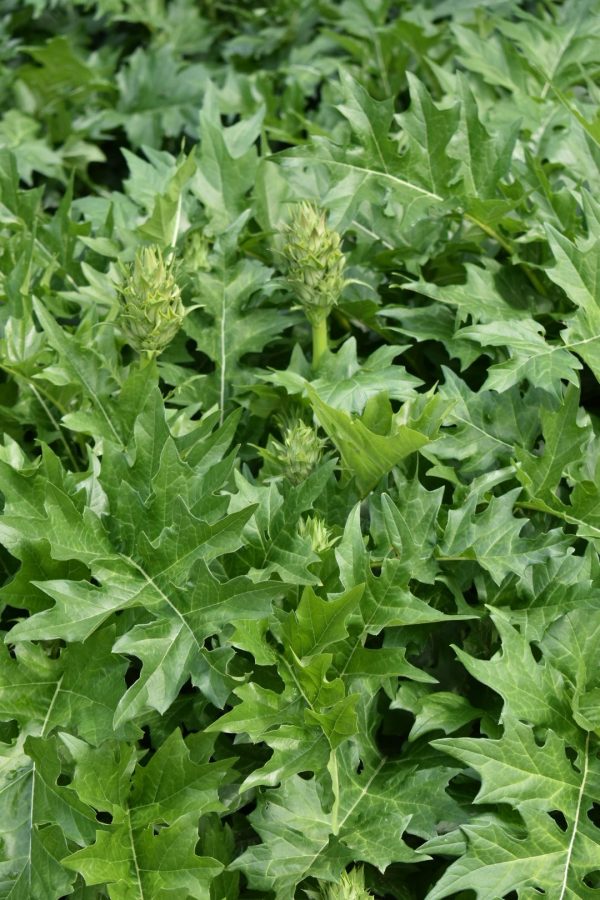Cart 0
Acanthus mollis
£7.45
Bear’s breeches. A clump-forming perennial with dark green leaves. Spikes of white flowers with purple bracts produced in summer. Height 75cm. Spread 80cm. Flowers July to September. Full sun. Hardy.
Description
Acanthus mollis
PLANTING and AFTERCARE GUIDE
Choosing the Right Location
- Select a location that receives full sun to partial shade for Acanthus mollis. This plant thrives in well-drained soil and benefits from good air circulation. Avoid areas prone to waterlogging to ensure the plant remains healthy and vigorous throughout its growth.
Preparing the Soil
- Acanthus mollis grows best in rich, loamy soil. Before planting, amend the soil with organic matter like compost or well-rotted manure to enhance drainage and nutrient availability. Proper soil preparation is crucial for successful growth.
Planting
- Dig a hole twice as wide as the root ball and the same depth for Acanthus mollis. Position the plant in the hole, ensuring the top of the root ball is level with the surrounding soil. Backfill with soil and water thoroughly to remove air pockets. Space the plants about 80 cm apart to accommodate their mature spread.
Watering and Care
- Regular watering is essential for Acanthus mollis, particularly during the establishment period. Prefers consistently moist soil but can withstand brief dry spells once established. Applying mulch around the base of the plant helps retain moisture and suppress weeds.
Pruning and Maintenance
- After flowering, trim back the spent flower spikes and any dead or damaged foliage of Acanthus mollis to maintain its appearance. In early spring, remove any remaining dead leaves to encourage new growth. Proper pruning ensures Acanthus remains attractive and healthy.
Protecting
- While generally hardy, Acanthus mollis may need protection during extreme weather conditions. Consider using mulch or protective covers to shield the plant from harsh elements. Adequate protection helps the plant continue to thrive and produce beautiful blooms.
Pests and Diseases
- Watch for common pests such as aphids or slugs that may affect Acanthus. Address any infestations promptly with suitable treatments to prevent damage. Keeping Acanthus healthy reduces the risk of disease and pest problems.
Enjoying
- With proper care, Acanthus mollis will reward you with stunning spikes of white flowers adorned with purple bracts from July to September. This perennial adds striking beauty and texture to any garden space, making Acanthus mollis a valued addition to your outdoor area.
By following this planting guide, you’ll ensure that Acanthus thrives and enhances your garden’s visual appeal throughout the growing season.
Additional information
| Pot Size |
|---|











Reviews
There are no reviews yet.